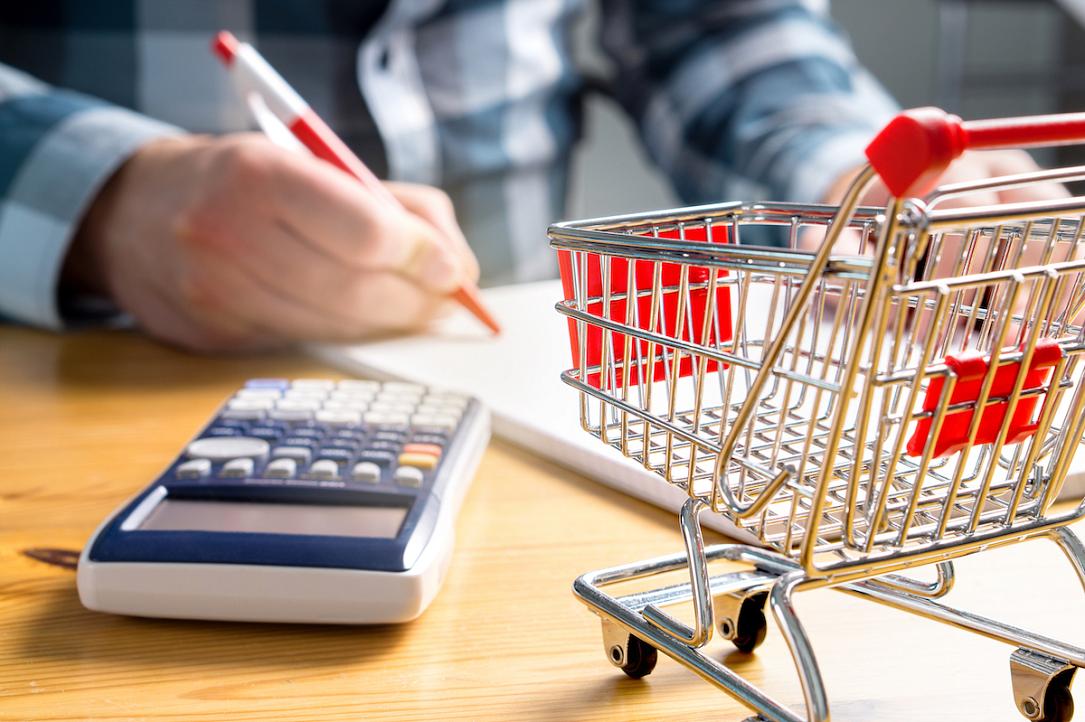Romania’s annual inflation eases by 1pp in Jan-Feb to 3%

The annual inflation rate in Romania fell to 3% year-on-year in February (2.8% under harmonized HICP definition), down from 3.6% in January and 4.0% in December 2019, according to data from the statistics office INS.
The central bank projects 2.8% headline inflation at the end of the first quarter (versus 2.5% +/-1pp target band), to slightly edge up at 3.0% by the end of this year.
Low energy prices should in principle prompt a downward revision of the projected inflation, but the impact of the current developments caused by Covid-19 virus remains unpredictable.
The slowdown in Romania’s inflation by 1 percentage points from December to February was partly driven by base effects in the food goods segment: the food prices have increased (seasonally) by 1.6% in January-February this year, compared to 2.6% advance in the first two months of 2019.
Separately, the cut in car fuel prices this year (following the cut in excise taxes) resulted in a marginally negative dynamics of the non-food goods’ prices compared to 1.2% rise in the first two months of 2019.
The prices of services advanced by 0.8% in January-February this year, slightly slower than the 1.1% increase in the same period last year.
Compared to January, consumer prices increased by 0.25%, by 0.6% for food and 0.4% for services, while the price of non-food goods fell by 0.06%.
The highest price increases were registered in February, compared to the beginning of the year, for air tickets (18%), postal services (7.4%), fresh fruits (6.4%), vegetables and canned foods (4, 8%), thermal energy (3%), potatoes (2.7%), and pork (2.3%).
The average rate of consumer prices in the last 12 months (March 2019 - February 2020) compared to the previous 12 months (March 2018 - February 2019), calculated on the basis of the CPI, is 3.8%. Based on the HICP, the average rate is 3.9%.
(Photo: Shutterstock)
editor@romania-insider.com













